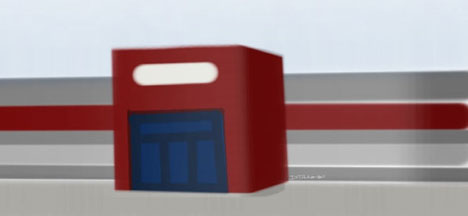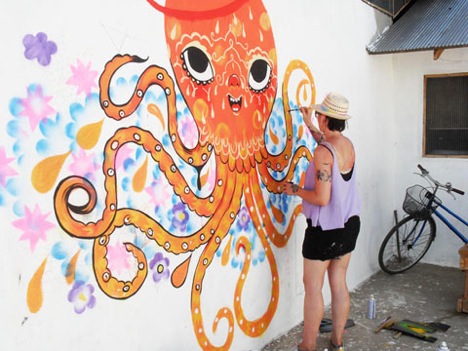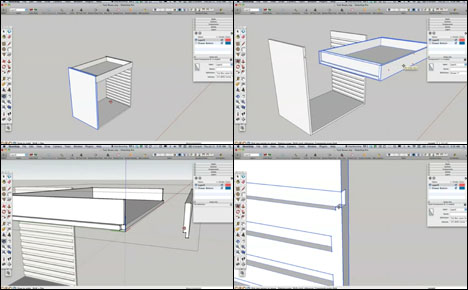
By now, you might've already looked over the five winning entries in the Fast Track to the Mobile App design competition, and seen the list of the 95 finalists who impressed judges with their combination of practical, creative and fun concepts. Over the next month, we'll follow the winners as they pair up with developers to turn those designs into workable apps.
Three winners (Black Belt, Bridge, and car pal+) will be paired with well-known Windows Phone developers or MVPs (Most Valuable Professional) who expressed an affinity to work on a specific winning app. Two of the winners (Social Mints and Rhythmatic) will be doing their own development. Winners and finalists will be connected to a Microsoft Mobile Phone Champ—Windows Phone mavens who are developers in the winners' regions with intimate knowledge of the ins-and-outs of app building, to help them along. Then, it's on to making a to-do list of necessary steps to ready their designs for launch in the Windows Phone Marketplace by February 15th. We want to encourage everyone who entered the contest to go through as much of the app development process as they can to bring their proposals to life. In this special series, we'll be exploring that process as the winners prepare their apps for entry into the Windows Phone Marketplace.

The first step of app development for designers and newbie developers alike is registering in the App Hub and downloading development tools for the Windows Phone. Designers can access a thorough resource repository of all they need to develop for the Phone or Xbox, a checklist for preparing that app for certification, and perhaps most importantly, access to a community of like-minded developers.
(more...)

 Above: Sketch from the basement studio days. Hydrogen fuel cell steam train. Charcoal, prisma pencil, and marker on large format newsprint.
Above: Sketch from the basement studio days. Hydrogen fuel cell steam train. Charcoal, prisma pencil, and marker on large format newsprint.
















































